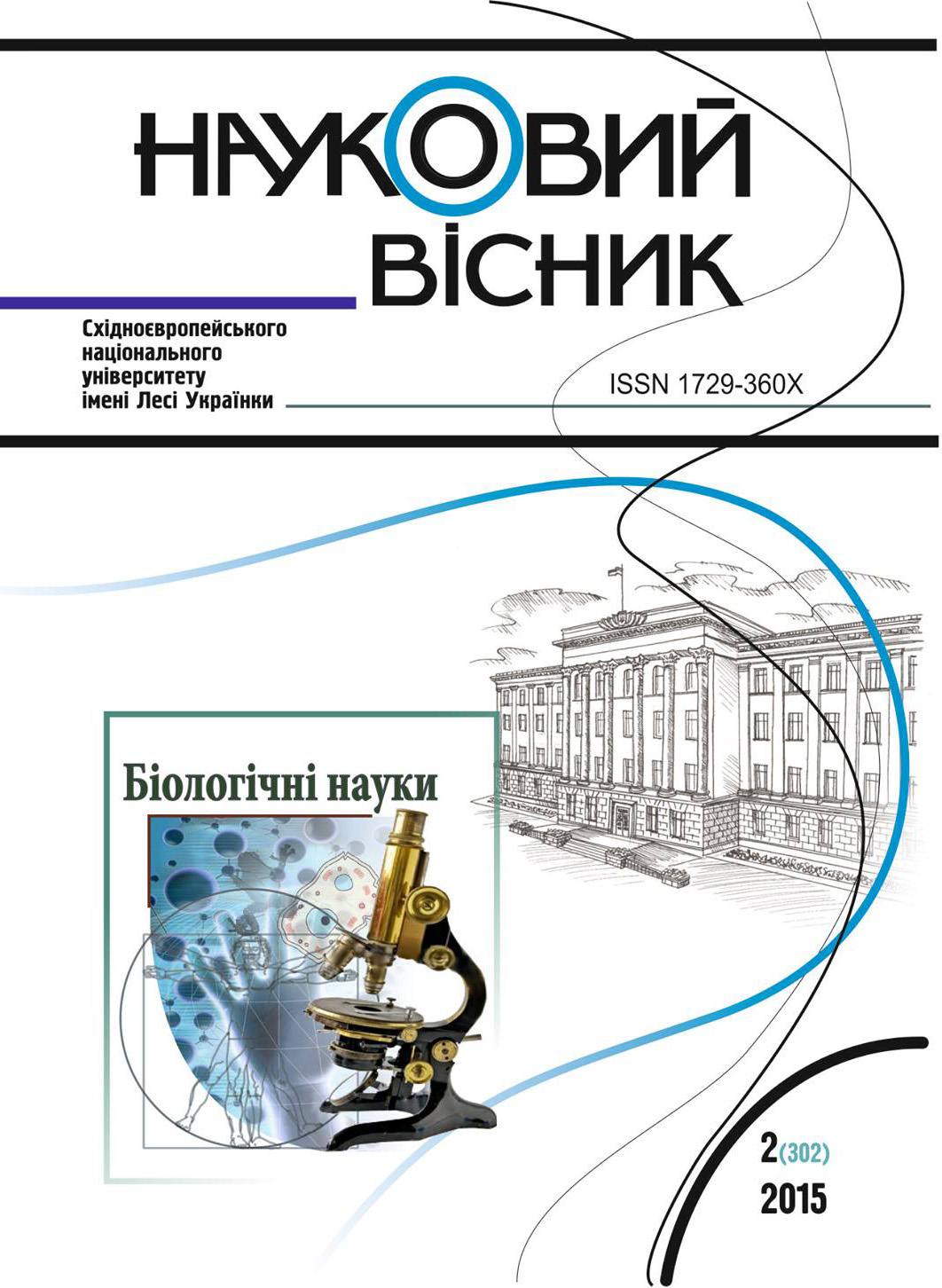Analysis Components of P300 Athletes Play Sports and Athletes (Paradigm: «What» «Where»)
DOI:
https://doi.org/10.29038/2617-4723-2015-302-199-203Keywords:
evoked potentials, component P300, athletes, latencyperiodAbstract
Athletes in various sports have certain peculiarities of the nervous system. The basis for achieving high skill for athletes sports game is the ability to focus quickly respond to changing game situations and make decisions. Electrophysiological methods possible to determine the role of different brain structures in the processes of attention and concentration. Carrying out the information to the brain in two ways: the ventral, or «What – system» and includes ventrolateralis prestriatum measles and measles and dorsal lower temporal, including parietal cortex region or «Where – system». Given the above said and the fact that the main component caused by the activity of the cerebral cortex (P300), which describes the analysis and decision making, today insufficiently studied and determine the relevance of our research. A statistically significant difference amplitude-time characteristics of the P300 component of the brain evoked potentials athletes play sports and athletes. In team sports athletes observed statistically higher latency period P300, compared to athletes during a series of incentives «What». Noted inverse relationship of these indicators between the two groups surveyed during an appearance in centives «Where».
References
2. Гурова М. Б. Особенности восприятия движений у спортсменов в зависимости от направленности тренировочного процесса / М. Б. Гурова, Л. В. Капилевич // Бюллетень сибирской медицины. – 2013. – Т. 12, № 2. – С. 195–199.
3. Капилевич Л. В. Взаимосвязь вызванных потенциалов головного мозга с уровнем специальной физической подготовленности футболистов / Л. В. Капилевич, Е. В. Замулина // Бюллетень сибирской медицины. – 2008. – № 2. – С. 112–114.
4. Кропотов Ю. Д. Количественная ЭЭГ, когнитивные вызванные потенциалы мозга человека и нейро-терапия / Ю. Д. Кропотов ; пер. с анг. под ред. В. А. Пономарева. – Донецк : Изд. Заславский А. Ю. 2010. – 512 с.
5. Кривоногова Е. В. Когнитивный вызванныйпотенциал Р300 у молодых лиц при биоуправлении пара-метрами ритма сердца / Е. В. Кривоногова, Л. В. Поскотинова, Д. Б. Дёбин // Вариабельность сердеч-ного ритма: Теоретические аспекты и практическо еприменение : Материалы V Всероссийского симпозиума с международным участием. – Ижевск, 2011. – С. 86–88.
6. Лизогуб В. С. Викликана активність мозку у людей з різними індивідуально-типологічними власти-востями вищих відділів центральної нервової системи / В. С. Лизогуб, Л. І. Юхименко, С. М. Хоменко Ю. О. Дзюбан // Перспективи медицини та біології, 2012. – Т. IV, № 2. – С. 71–76.
7. Муравський А. В. Показники когнітивних викликаних потенціалів (P300) у боксерів з повторними лег-кими черепно-мозковими травмами / А. В. Муравський, Л. Л. Чеботарьова, О. С. Солонович // Зб. наук. праць співробіт. НМАПО імені П. Л. Шупика. – 2014. – № 23 (2). – С. 243–241. 8. Visual event-relatedpotentialsineliteandamateurathletes / Del Percio, Claudio, et al. // Brainresearchbulletin. – 2007. – V. 74, № 1. – P. 104–112.
9. Skill-specific changes in somatosensory-evoked potentials and reaction times in baseball players / Koya Yamashiro, Daisuke Sato, Hideaki Onishi, Takuya Yoshida, Yoko Horiuchi, Sho Nakazawa, Atsuo Maruyama // Experimental Brain Research. – 2013. – V. 225, № 2. – Р. 197–203.
10. Influence of Languageon Colour Perception: A Simulationist Explanation / Loïc P. Heurley, Audrey Milhau, Gabrielle Chesnoy- Servanin, Laurent P. Ferrier, Thibaut Brouillet, Denis Brouillet // Biolinguistics. – 2012. – P. 354–382.
11. Hillyard S. A. Event-related brain potentials in the study of visual selective attention / Steven A. Hillyard, Lourdes Anllo-Vento // Processing of the Natoinal Academy of Sciences of USA. – V. 95, № 3. – P. 781–787.
12. Murakami Т. Somatosensory evoked potentials and high-frequency oscillations in athletes / Takenobu Mu-rakami, Kenji Sakuma and Kenji Nakashima // Clinical Neurophysiology. – 2008. – V. 119, № 12. – P. 2862–2869.
13. Rauschecker B. T. Mechanisms and streams for processing of «What» and «Where» in auditory cortex / Josef P. Rauschecker and BiaoTian // Processing of the Natoinal Academy of Sciences of USA. – 2000. – V. 97, № 22. – P. 11800–11806.
14. Characteristics of the athletes’ brain: evidence from neurophysiology and neuroimaging / Nakata Hiroki, et al // Brain Research Reviews. – 2010. – V. 62, № 2. – P. 197–211.





